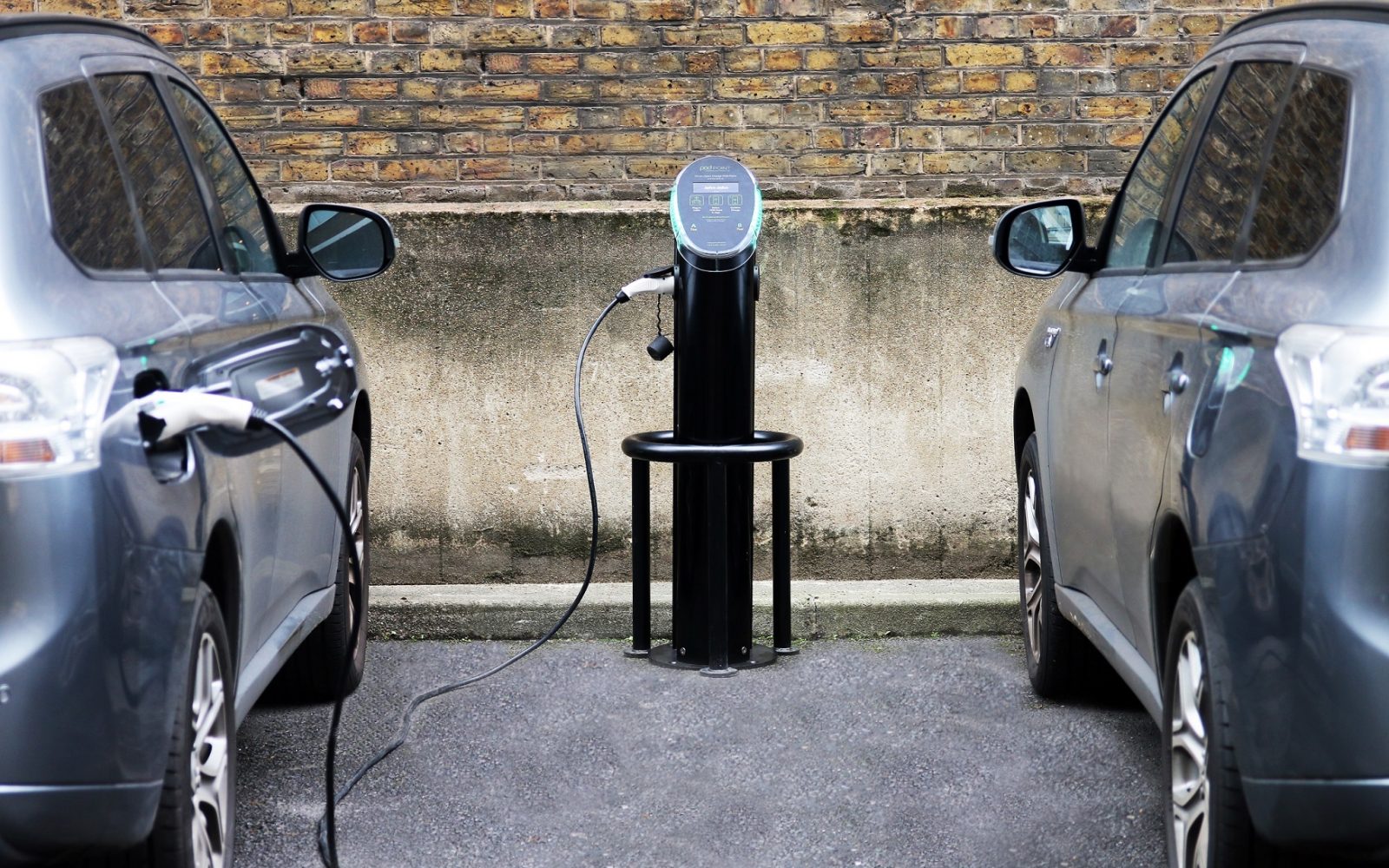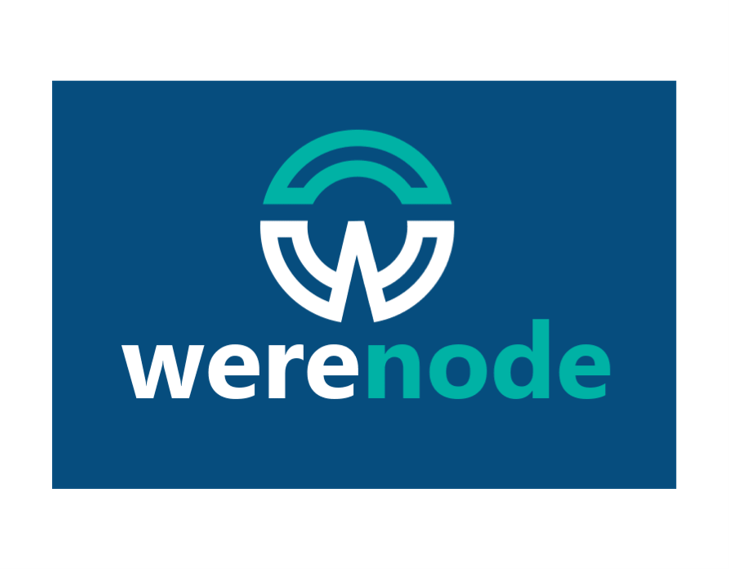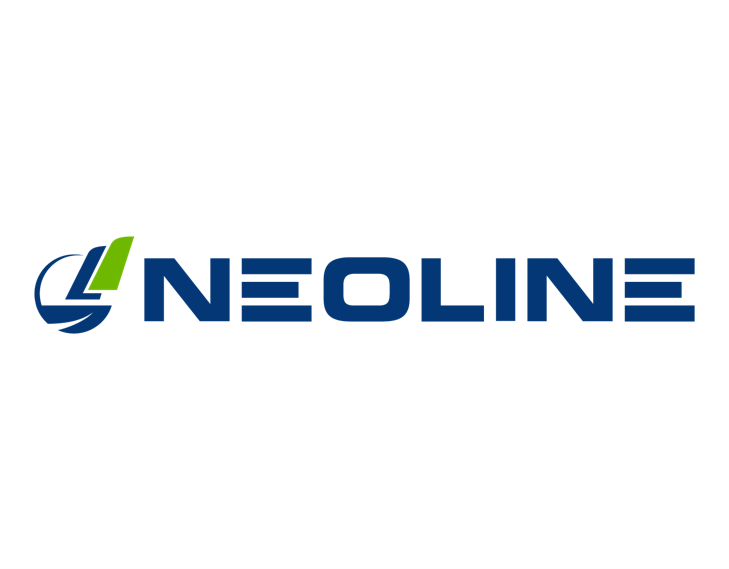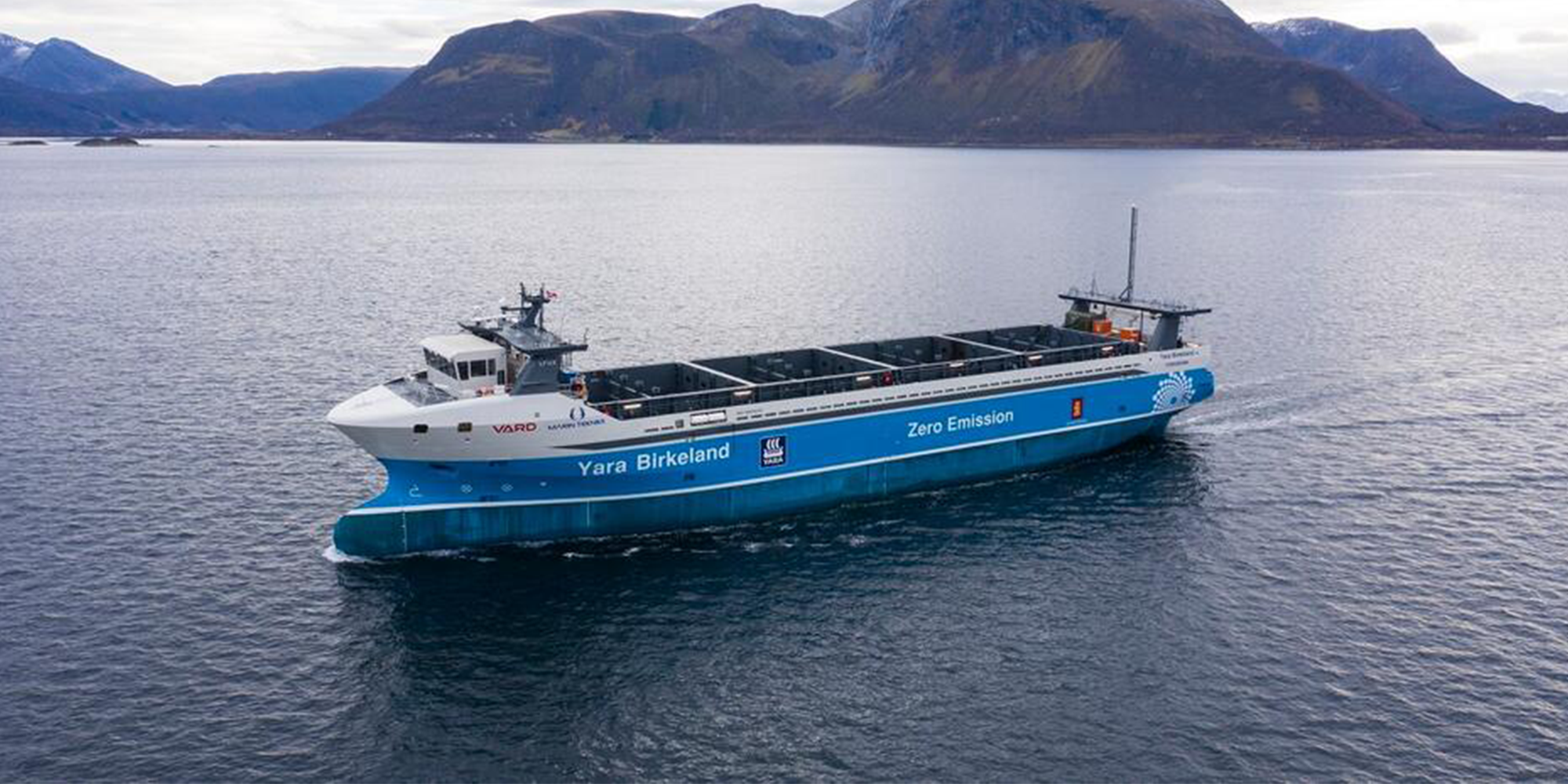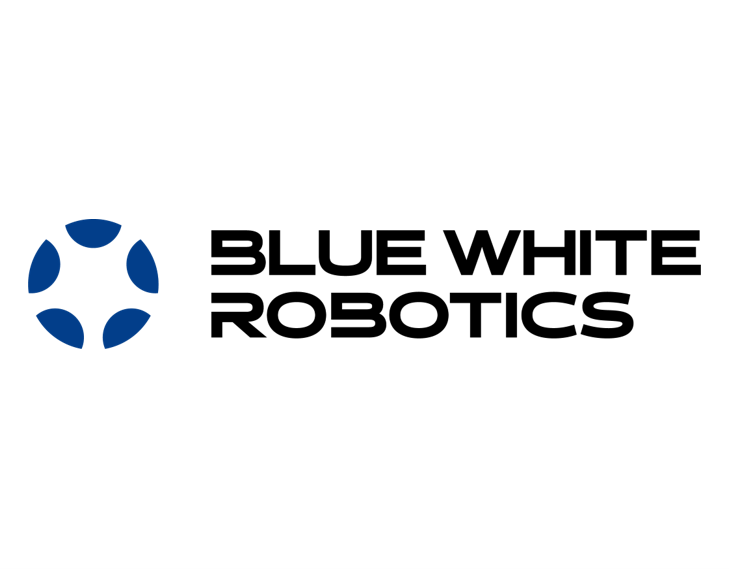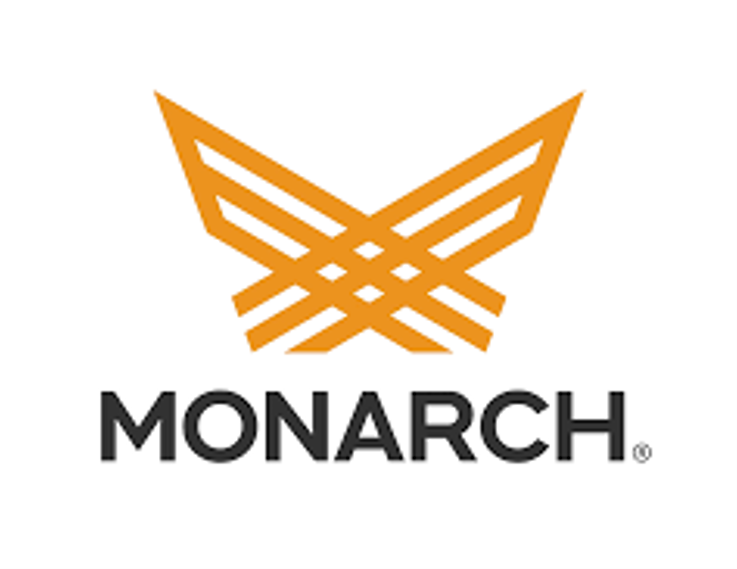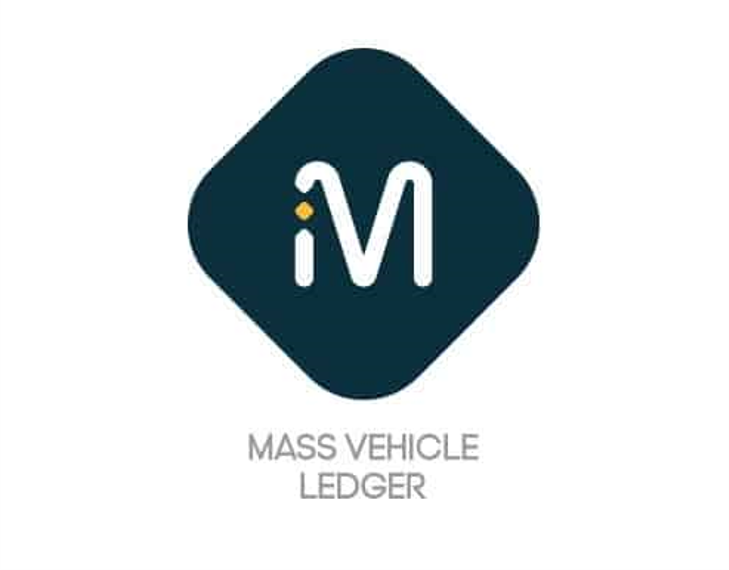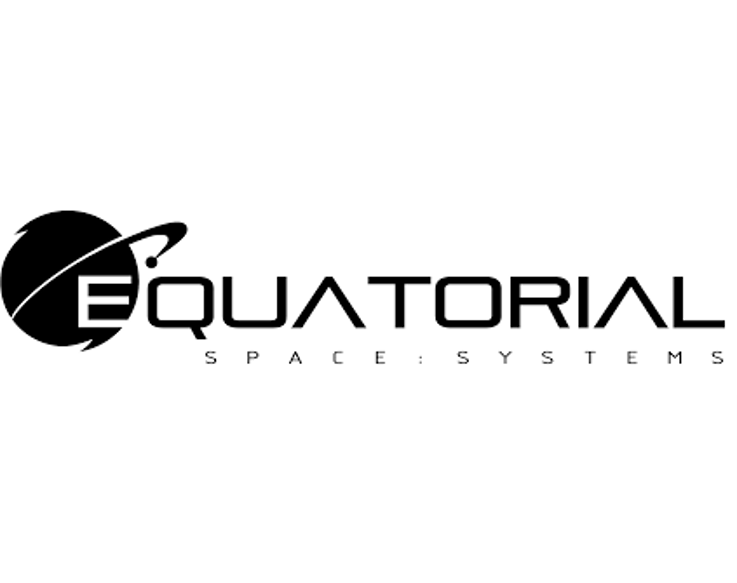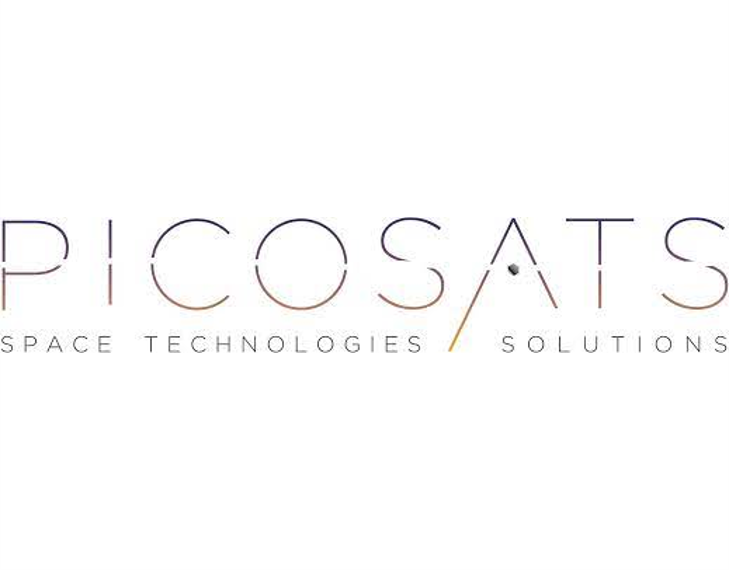In January 2019, SystemX, a French technological research institute, launched the “Blockchain Wallet for Mobility” project. It aims to use blockchain technology to improve transport services, and thus accompany the transformation of territories. So far, the solutions developed have been tested and validated in the Lyon metropolitan area.
In recent years, the urban mobility sector has evolved rapidly. Mobility providers have invested heavily to offer their customers the best user experience. Free-floating, Mobility-as-a-service, mobility passes, open data, are some of the key drivers. In France, the founders of startup Mobichain even talk about MaaS 4.0. According to them, this new type of mobility is based on the principles of the circular economy and relies on a shared digital infrastructure under blockchain.
Blockchain can be defined as a technology for storing and transmitting information. It uses databases that contain the history of all exchanges made between its users since its creation. Made up of “nodes”, it hosts a copy of the transaction history that all stakeholders can access. Each new node consists of a validated transaction whose data has been encrypted. The integration is chronological, indelible and unforgeable. Smart contracts, for example, rely on blockchain to ensure the terms and conditions of a contract are unfalsifiable and to guarantee its execution when the conditions are met. Blockchain also allows for uneven speed of transactions, as well as significant productivity and efficiency gains, by operating without a central control body and with few intermediaries.
Applied to mobility, blockchain allows several uses cases. Firstly, it allows the history and life cycle of a vehicle to be traced or verified. Telemetry data, such as mileage or battery level, can be downloaded autonomously via the vehicle or via a supplier, as well as accidents, repairs, or maintenance work. This reduces fraud and has a significant impact on resale value, which opens up opportunities for insurance companies. Transparency and global vision of information can also serve the supply chain and contribute to better information sharing and traceability. In August 2021, Tesla published its 2020 Impact Report and revealed its use of 2 blockchain solutions to trace raw materials used in electric vehicle batteries, ensuring that they are sustainably sourced. One of the blockchain solutions, Re|Source, traces cobalt from the Democratic Republic of Congo, and the other traces nickel sourced from BHP in Australia.
Blockchain technology also enables sharing economy initiatives. In the case of peer-to-peer (P2P) systems, it allows stakeholders to easily access and share relevant data and information about cars and people. Interaction and trust between different stakeholders (customers, drivers, vehicle owners, transportation network companies, software providers, etc.) can be greatly facilitated by an immutable digital identity for each stakeholder, as well as by recording each transaction in a shared registry that cannot be modified. This visibility and transparency can also be a strong asset for leasing.
Blockchain and smart contracts also allow for greater automation, especially with regard to payments. Without the intermediary of banks and credit accounts, transactions are made automatically based on certain parameters. One can imagine, for example, automatic billing when using public transport or automatic deactivation of cars when leasing rates have not yet been paid. The centralization of payment for different modes of transportation, especially in urban centers, can be facilitated by blockchain, which considerably reduces the cost per transaction.
With all its features, blockchain presents many opportunities. In the case of electric cars, it can be used to coordinate recharging, record preferences, and facilitate payment. Share&Charge is a German Ethereum-based application that connects electric cars to available residential and commercial charging stations and facilitates payments. The blockchain technology can also help promote green mobility. Indeed, the traceability of electricity would be very easy to ensure.
Despite the increasing adoption of blockchain in mobility, there are barriers. From a technical point of view, the lack of a central body raises questions about security management, liability and ownership of certain assets. In addition, there is a need to integrate new technologies into existing systems. From an economic point of view, it is necessary to be able to manage the various transaction costs, to monitor the profitability and to succeed in federating the mobility sector by going beyond competition.



